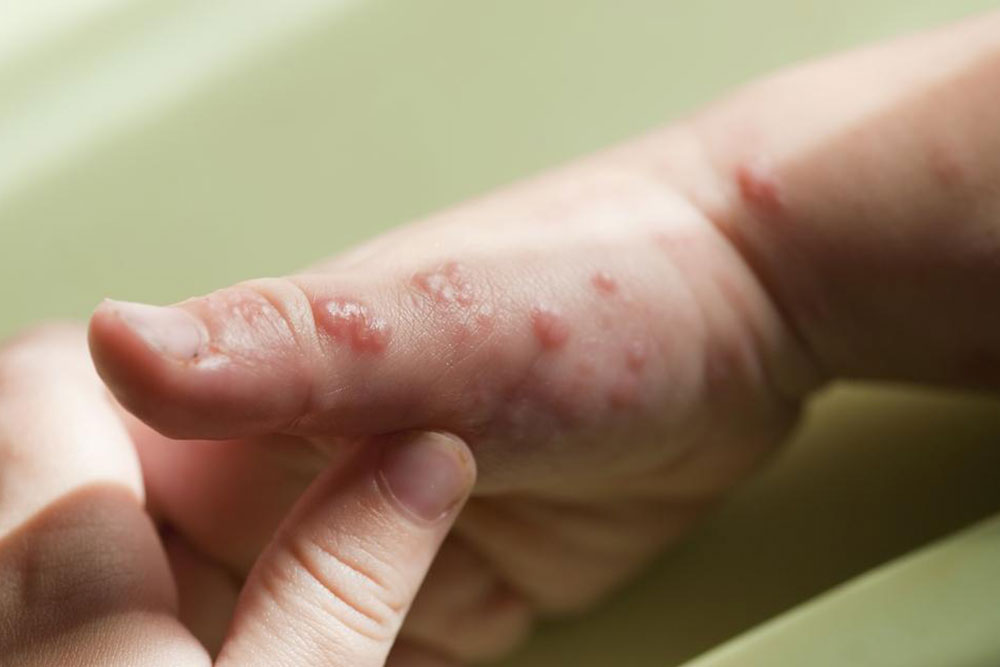Understanding Meningitis: Causes, Symptoms, Diagnosis, and Treatment Options
This article provides comprehensive insights into meningitis, including its causes, symptoms, diagnosis, and treatment options. It emphasizes the importance of early detection and vaccination to prevent severe complications. Recognizing key signs across different age groups can help in prompt medical intervention, ensuring better recovery outcomes. Immediate diagnosis and treatment are vital for managing this potentially life-threatening condition effectively.

Understanding Meningitis: Causes, Symptoms, Diagnosis, and Treatment Options
Meningitis involves inflammation of the membranes that surround the brain and spinal cord, representing a critical health issue that demands prompt medical attention.
Causes of meningitis
The condition typically results from viral or bacterial infections. Sometimes, injuries, cancer, certain medications, or other infections can also trigger meningitis. Acute viral and bacterial types often lead to tissue inflammation. Fungal meningitis is less common and tends to be chronic. Symptoms vary based on age and infection cause.
Bacterial meningitis is a dangerous, potentially life-threatening illness that spreads through mucus from the nose and throat. It can develop rapidly over hours or days. In infants, common causes include Group B streptococcus, E. coli, and Listeria monocytogenes. In teenagers and adults, Streptococcus pneumoniae and Neisseria meningitidis are typical culprits. If untreated, serious complications may occur such as:
Hearing loss
Seizures
Brain damage affecting learning abilities
Memory issues
Kidney failure
Gait disturbances
Hydrocephalus (fluid build-up in the brain)
Heart muscle inflammation (myocarditis)
Viral meningitis is generally less severe and most commonly caused by enteroviruses, often resolving without treatment. It spreads through close contact, especially in communal settings like dormitories. Symptoms include cold, fever, diarrhea, and sore throat.
Recognizing meningitis symptoms can be challenging as early signs resemble the flu. It’s vital to be aware of key symptoms for timely diagnosis.
Key signs of meningitis in children and teens
Severe headaches
Neck stiffness
Sudden high fever with chills
Altered mental state
Additional symptoms include:
Nausea and vomiting
Loss of appetite and thirst
Confusion and irritability
Skin rashes (notably in meningococcal cases)
Cold extremities
Sensitivity to bright lights
Rapid breathing
Paleness
Weakness
Fatigue
Drowsiness
Fast heartbeat
Discomfort from loud sounds
Symptoms can differ between age groups, with infants showing signs like high temperature, irritability, poor feeding, soft spot swelling, jaundice, and stiffness.
Diagnosis and Treatment
Early consultation with a healthcare provider is crucial for diagnosis and intervention. Meningitis is diagnosed via lumbar puncture to analyze cerebrospinal fluid, along with blood tests and imaging. Vaccination can prevent some forms; discuss appropriate vaccines with your doctor. Antibiotics target bacterial meningitis, while antivirals treat viral types. Corticosteroids may reduce inflammation. Prompt treatment is essential for recovery, so seek immediate medical care at the first signs.










